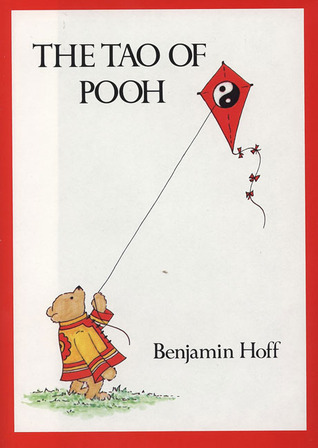THE TAO OF WHO?
by testsuphomeAdminIn this chapter, the narrator engages in a whimsical discussion about Taoist concepts with Pooh, specifically focusing on the principle of P’u, or the Uncarved Block. As the dialogue unfolds, Pooh humorously misremembers the names of various philosophers and poets, which lightens the scholarly tone. The essence of the Uncarved Block is portrayed as embodying natural simplicity, an idea that resonates through the simplicity inherent in Pooh’s character.
The chapter explains that P’u symbolizes the original state of things, emphasizing that simplicity possesses innate power that can be easily diluted by complexity. In this context, even characters like Piglet and Rabbit are suggested to complicate matters compared to the uncomplicated wisdom of Pooh. The interaction among the characters illustrates the contrast between cleverness and simplemindedness, where Pooh’s straightforward reasoning often leads to surprising insights and solutions.
A comical anecdote showcases Pooh’s reasoning during a moment of confusion with Rabbit, illustrating his unique thought process. He suggests that by trying to find something different, specifically a pit they had encountered, they might stumble upon their true destination, which reflects a Taoist perspective of yielding simplicity. This notion suggests that pursuing complexity can obscure the clarity found in straightforward objectives.
The chapter continues by introducing Eeyore, providing a stark contrast to Pooh’s nature through Eeyore’s persistently negative outlook. It highlights how different attitudes prevent characters like Eeyore from experiencing joy and accomplishment, drawing attention to the simplicity that makes Pooh endearing.
Towards the end, Pooh proposes that they visit their friends simply to wish them a “Very Happy Thursday,” which captures the essence of living in the moment and appreciating simplicity. This encapsulates the comforting wisdom emerging from the character of Pooh, who embodies the Uncarved Block’s qualities—enjoying life through the lens of simplicity, spontaneity, and a childlike sense of wonder, which stands in contrast to characters like Owl who embrace complexity. Ultimately, the chapter underscores that life is fun when one discards unnecessary complexities and embraces the uncomplicated joys of existence.


0 Comments